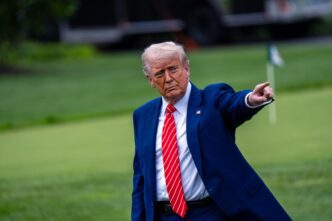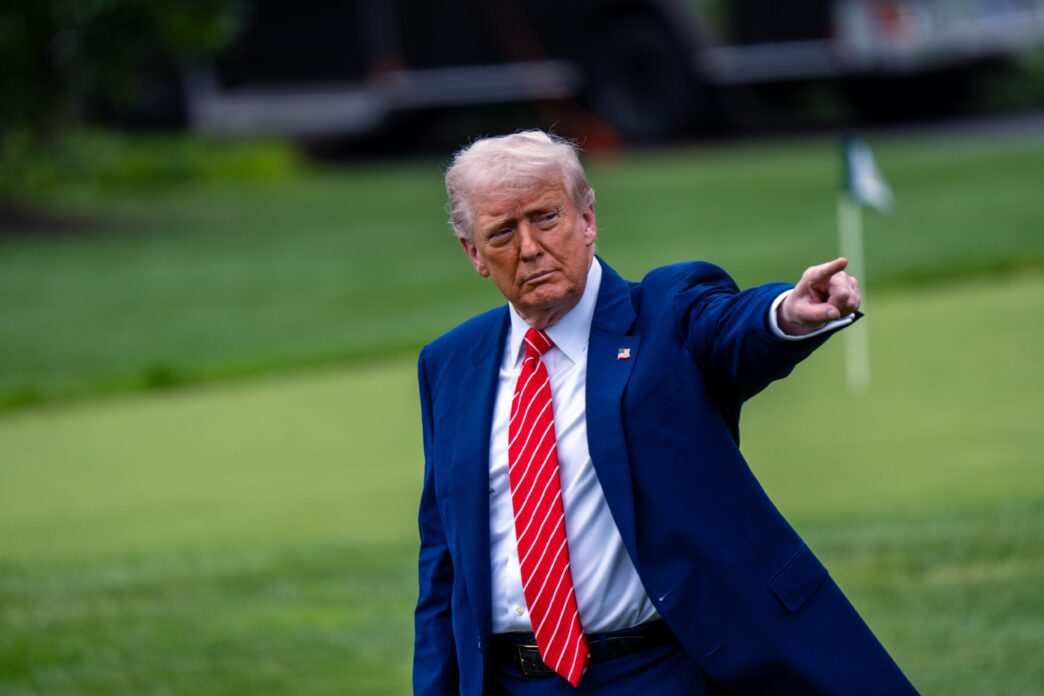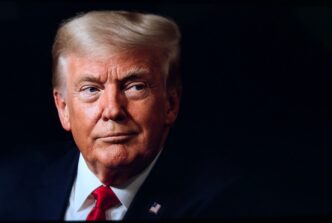Executive Summary
The Story So Far
Why This Matters
Who Thinks What?
President Donald Trump has introduced a series of proposals aimed at addressing consumer affordability concerns, including a plan for $2,000 payments to Americans from tariff revenue and the promotion of 50-year mortgages. This shift in focus comes as the President faces increasing public pessimism regarding the economy and follows recent Republican electoral setbacks in off-year state elections.
Key Economic Proposals
One of Trump’s central proposals involves a $2,000 “subsidy” for most Americans, structured as a rebate from federal revenue generated by tariffs on foreign imports. The remaining tariff revenue, according to Trump, would be allocated to reducing the federal budget deficit.
However, economists have questioned the feasibility of this plan. Erica York, vice-president of tax policy at the non-partisan Tax Foundation, noted that the tariff revenue would likely be insufficient to cover the proposed payments, potentially requiring significant deficit financing. Ms. York also suggested that such payments could be counterproductive by injecting more money into the economy, thereby driving up prices—a dynamic potentially observed with COVID-era stimulus payments.
Treasury Secretary Scott Bessent appeared to downplay the direct payment possibility, indicating that tariff revenue gains would instead lead to lower tax rates for Americans next year under the provisions of Trump’s 2025 “Big, Beautiful Bill” spending package.
Housing and Healthcare Initiatives
Another proposal from President Trump is the introduction of 50-year mortgages, an alternative to the standard 30-year terms for home purchases. Trump has positioned this as a measure to enhance home ownership accessibility for Americans.
This idea has drawn criticism from within his own party, with some, like Republican congresswoman Marjorie Taylor Greene, arguing that it would primarily benefit lenders through increased fees and interest, leading to higher long-term costs for homeowners. The President reportedly floated this idea without extensive consultation with senior White House advisers.
Additionally, Trump has suggested converting government health insurance subsidies, which are set to expire at year-end, into direct cash payments for consumers. He stated that this would empower Americans to act as “entrepreneurs” and negotiate their own insurance plans.
Context and Implementation Challenges
President Trump’s renewed focus on affordability marks a departure from his earlier stance, where he had dismissed cost-of-living concerns as a “con job” by Democrats and insisted the economic outlook had improved. The shift aligns with exit polls from recent elections, which highlighted the economy as a primary concern for American voters and indicated public dissatisfaction with the administration’s handling of economic issues.
Many of these proposals would require congressional approval, which remains uncertain given the narrow Republican majorities in both chambers. The administration has also put forth more modest suggestions, such as a federal investigation into beef prices and an agreement with pharmaceutical manufacturers to lower the cost of obesity drugs for uninsured individuals.
Conflicting Economic Narratives
While President Trump emphasizes efforts to reduce costs, his administration has faced scrutiny for conflicting messages regarding price trends. He often highlights areas where prices have decreased, such as eggs and dairy products. However, costs for other essentials, including beef, coffee, and electricity, have continued to rise.
The President has also pointed to the lower price of a Thanksgiving meal at Walmart compared to last year, without noting that this year’s retail package contained fewer items and a smaller turkey. These efforts to address public sentiment come as the administration has simultaneously fought in court to end food aid during a government shutdown and promoted multi-billion-dollar renovations to the White House.








